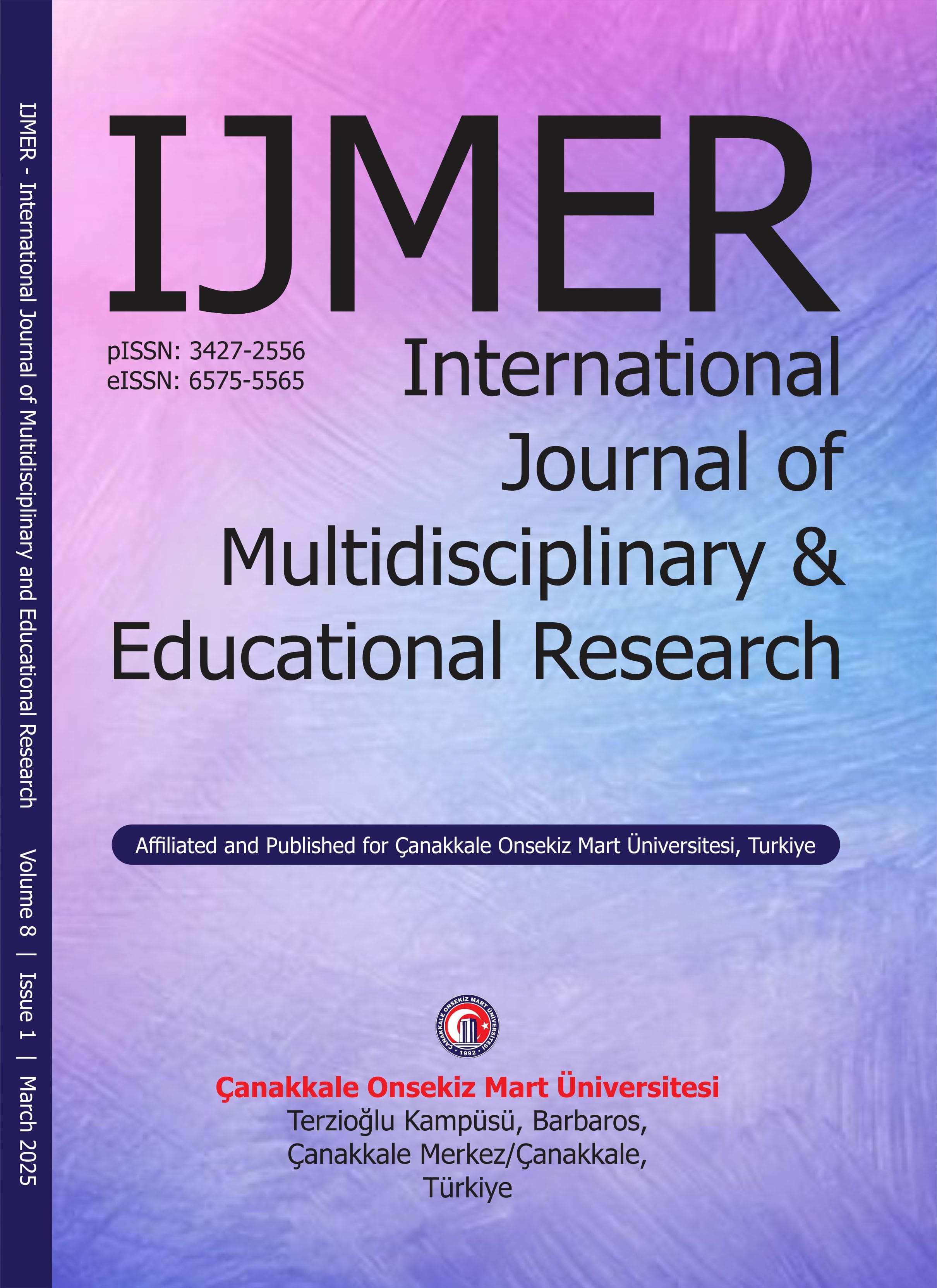International Journal of Multidisciplinary and Educational Research (IJMER)
Climate Action on TikTok: Evaluating Climate-Related Content Driving User Engagement
E-ISSN: 6575-5565
P-ISSN: 3427-2556
DOI: https://iigdpublishers.com/article/510
This study investigated factors driving user engagement with TikTok videos that advocate for climate change awareness, using the hashtag #ClimateAction. The top 100 relevant videos were analyzed through qualitative content analysis, identifying nine major content categories: (i) policies and regulations (ii) ecological impacts, (iii) sustainable projects, (iv) fossil fuels, (v) scientific findings, (vi) political understanding, (vii) climate-related phenomena, (viii) clarification of misinformation, and (ix) others. Two-tailed independent t-tests were conducted to compare engagement metrics across these categories. The results indicated that videos focusing on ecological impacts received the most views, likes, and comments, while those addressing policies and regulations were the most shared. Videos featuring scientific findings, political understanding, and other topics had relatively lower engagement. These findings suggest that highlighting ecological impacts is the most effective way to engage TikTok users in climate change awareness discussions.
Minji KANG
Basch, C. H., Yalamanchili, B., & Fera, J. (2022). #ClimateChange on TikTok: A content analysis of videos. Journal of Community Health, 47, 163-167. https://doi.org/10.1007/s10900-021- 01031-x.
Brandon, J. (2023, June). Instagram is outpacing TikTok for user growth. Here’s why. Forbes. Retrieved April 29, 2024, from https://www.forbes.com/sites/johnbbrandon/2023/06/24/instagram-is-outpacing-tiktok-foruser-growth-heres-why/?sh=bef6e6f5dbd7.
Deo, K., & Prasad, A. A. (2020). Evidence of climate change engagement behaviour on a Facebook fan-based page. Sustainability, 12(17), 7038. https://doi.org/10.3390/su12177038
Ebi, K. L., & Hess, J. J. (2020, December). Health risks due to climate change: Inequity in causes and consequences. Health Affairs, 39(12). https://doi.org/10.1377/hlthaff.2020.01125
Gómez-Casillas, A., & Márquez, V. G. (2023). The effect of social network sites usage in climate change awareness in Latin America. Population and Environment, 45(2), 7. https://doi.org/10.1007/s11111-023-00417-4
